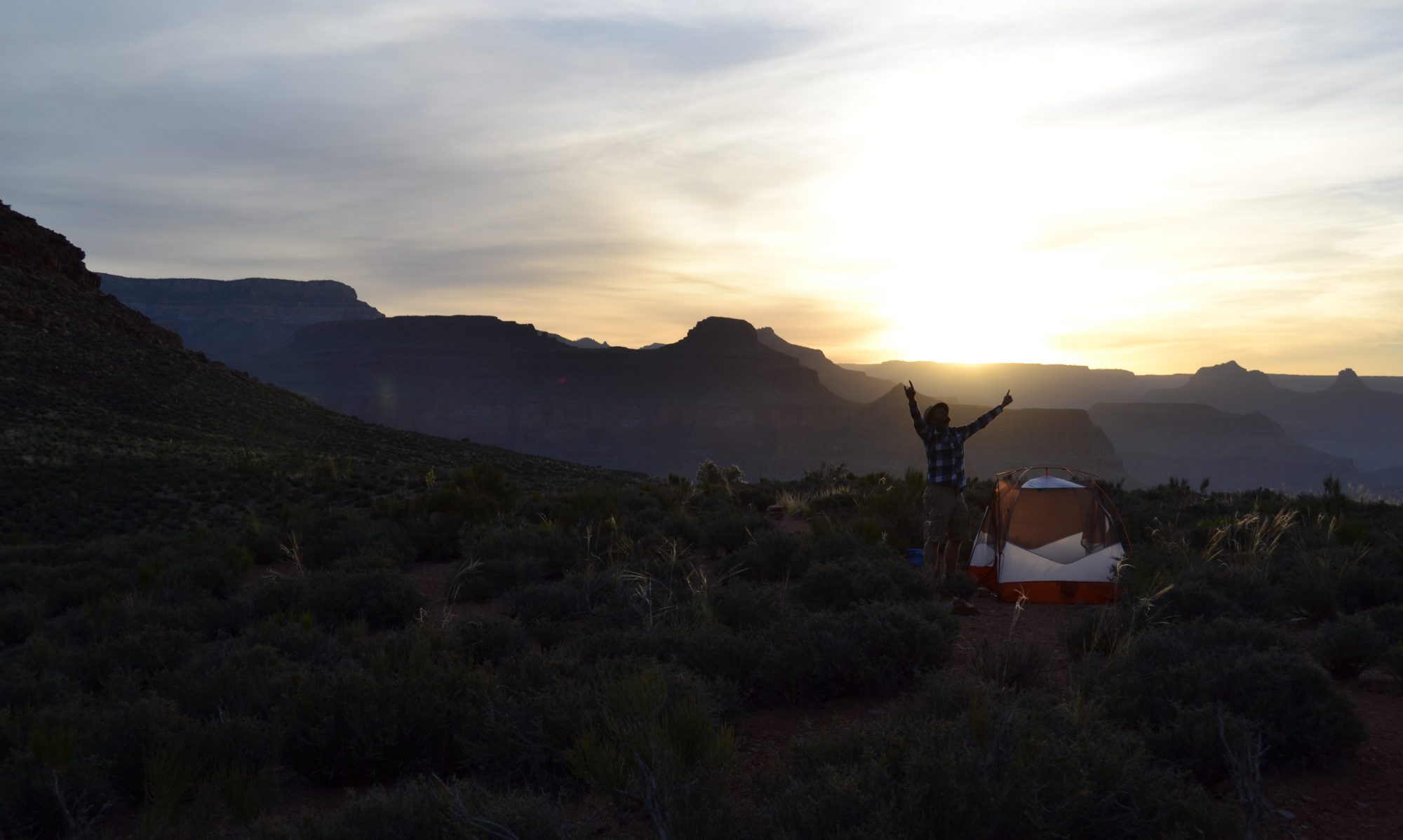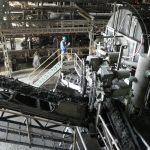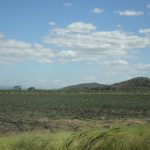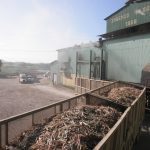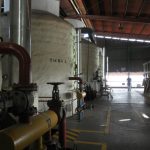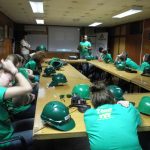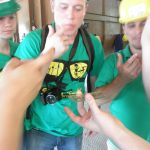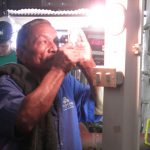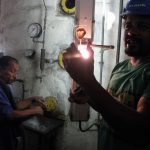Costa Rica GREEN Program Day 6: 1/13/14
Sugar Cane Plant – Biomass
The biomass plant was not what you would have pictured when you thought of green, renewable, eco-friendly energy. It was mechanical and gray. Beads of sweat dripped from my forehead where the hard-hat clung to my skull. Everything was in full production and it was hot – no, sweltering. Processed grain shot from every direction and stung your eyes. Some of us were afraid to breathe. And it was LOUD. We all stuck through it, and I never felt like my safety was compromised – but we could have never gone on a tour like that in the US. Maybe I have just never been around that sort of thing. But part of me wondered how workers fared through this on a daily basis. Because even the LSU ChemE majors seemed a little overwhelmed, and they have a lifetime of oil refineries ahead of them.
And yet, it was “green” because you can always plant more. It was just sugar. From fields as far as the eye could see around the property. Compared with ethanol from corn, sugar has a much higher density of energy/acre. And we got to walk through the whole process: stalks reaching 12 ft into the air were cut down by either a machine or the hands of a laborer, pulverized by heavy machinery, and refined into the white crystals I am so addicted to. Walking down the last line of huge cylindrical vats we saw the granules slowly shrink in size. A “wiz” of the business, an elderly man who silently commanded our respect, guided us through each inspection and taste test. Mmm, fresh sugar.
The tour left me wanting more. As an engineer, I wanted to see the layout for the whole refinery, understand how every piece is accounted for with minimal waste and maximum profit. As an environmental scientist, I wanted to know what the impact of a monoculture crop covering so many acres had on the surrounding wildlife (p.s. I love this npr article on the topic). Do they use pesticides? Does fertilizer and irrigation impact the surrounding streams? As a human, I wanted desperately to circumvent my guides and talk to the workers directly (damn my lack of Spanish!). What are their working conditions like? (Are their statistics available on workplace injuries? (Is that a thing in industrializing countries?) ) Do they like this job; does it pay a living wage? How does the community feel about the plant? (What about the politician millionaire owner? The government-owned energy company?) As the plant switches from human to mechanized harvesters, who is getting left behind?
And I had no answers. So I began planning a two-year long dissertation in which I would imbed myself into every facet of the plant, answer all the questions and become completely fluent in Spanish. We should all dream big, right? Now, who wants to fund me?
